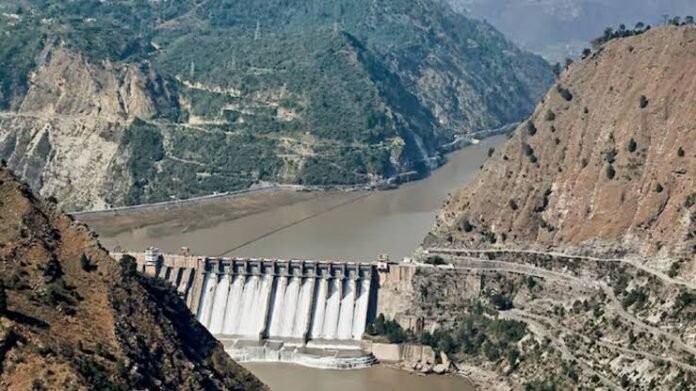Despite India’s claims of suspending the Indus Waters Treaty (IWT), experts say it neither has the infrastructure to completely block river flows to Pakistan nor the legal leeway to walk away from the decades-old agreement.
According to a detailed report by Al Jazeera, while India has refused to revisit its decision to hold the IWT “in abeyance,” experts emphasize that any major diversion or stoppage of water under the current system is not technically feasible. However, even minor diversions could have serious consequences for Pakistan—and potentially trigger conflict.
India made headlines in April when it announced plans to exit the IWT following a deadly militant attack in Indian Illegally Occupied Jammu and Kashmir (IIOJK) that left 26 tourists dead. Pakistan swiftly rejected the move. The National Security Committee (NSC) labeled it a “unilateral violation” and warned that “any diversion of Pakistan’s water would be treated as an act of war.”
Brokered by the World Bank and signed in 1960, the 85-page IWT is unique among international water treaties. Instead of allocating a percentage of river flows, it splits the six rivers of the Indus Basin: India gets the three eastern rivers (Ravi, Sutlej, Beas), while Pakistan controls the three western rivers (Indus, Jhelum, Chenab).
Dr. Majed Akhter, a geography lecturer at King’s College London, told Al Jazeera that the treaty essentially created a “hydraulic partition” to accompany the post-1947 political divide, especially to manage irrigation systems in Punjab.
But Akhter also highlighted a deeper geopolitical tension: “Water sharing between the two countries is inseparable from the Kashmir dispute. Whoever controls Kashmir has a strategic grip over the waters of the Indus Basin,” he said. For agrarian economies like Pakistan and India, water isn’t just a resource—it’s lifeblood.
As the region braces for potential climate shocks and rising tensions, the future of the Indus Waters Treaty remains uncertain—but experts agree: neither side can afford a breakdown of this fragile but vital water-sharing arrangement.




